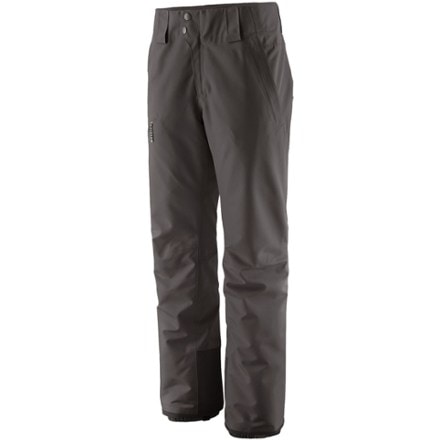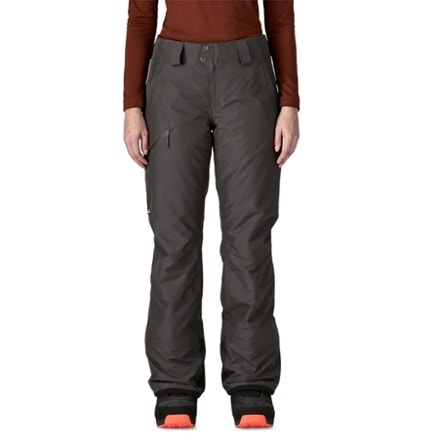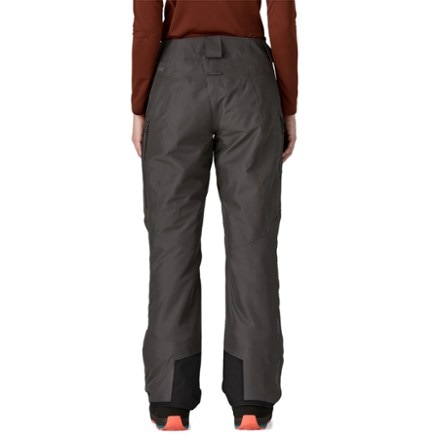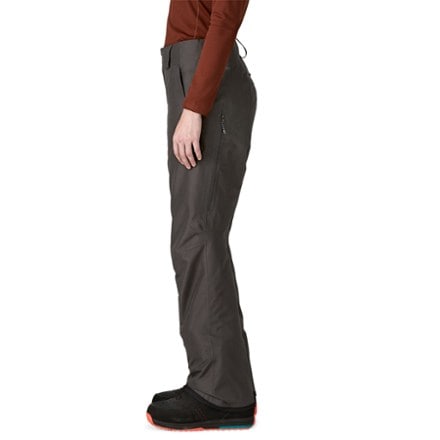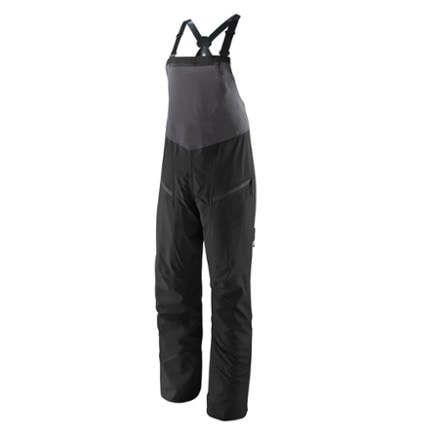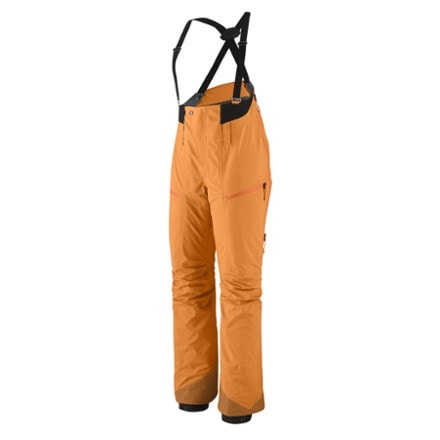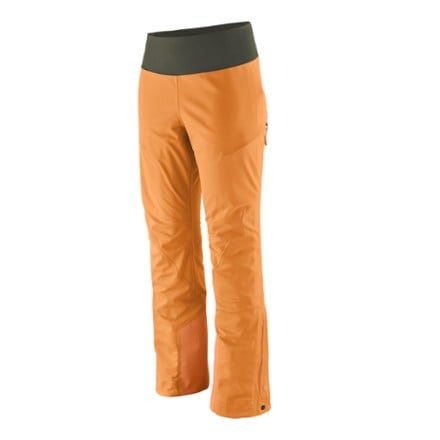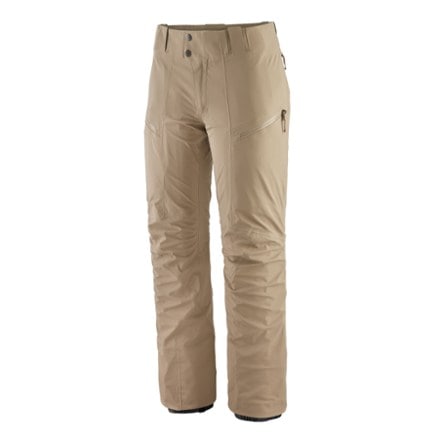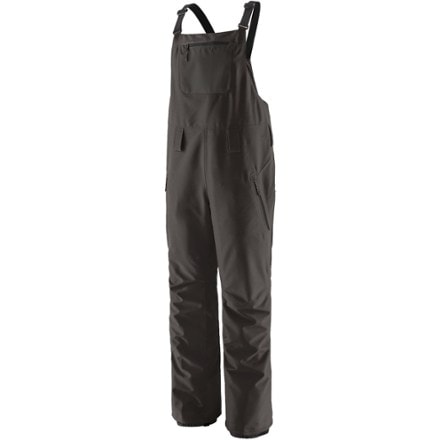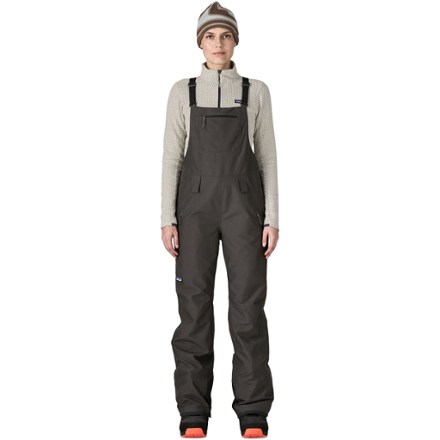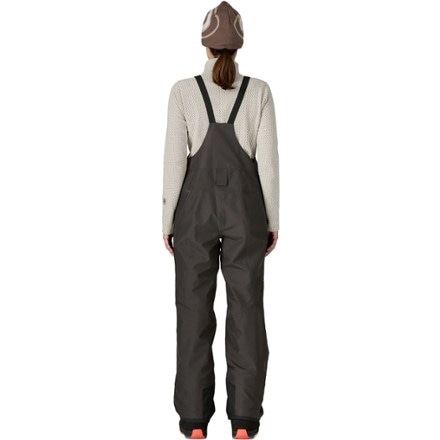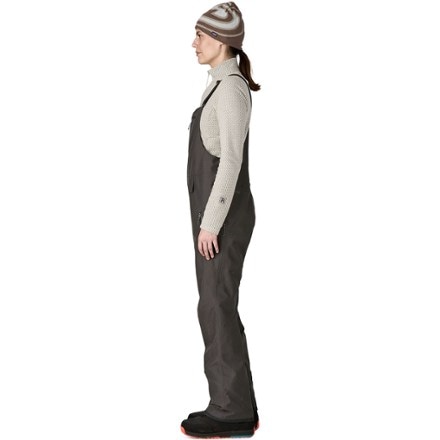Skip to search results
loaded 36 results
Patagonia RECCO Clothing
(36 products)Products (36)
Sort: Best Match
- PatagoniaInsulated Powder Town Snow Pants - Women's$269.00
- PatagoniaSnowdrifter Bib Pants - Women's$299.73Save 24%compared to $399.00REI OUTLET
- PatagoniaUntracked Bib Pants - Women's$486.73Save 25%compared to $649.00REI OUTLET
- PatagoniaUpstride Pants - Women's$246.73Save 25%compared to $329.00REI OUTLET
- PatagoniaStormstride Pants - Women's$336.73Save 25%compared to $449.00REI OUTLET
- PatagoniaPowder Town Bib Pants - Women's$299.00
31–36 of 36 products
Sort: Best Match
